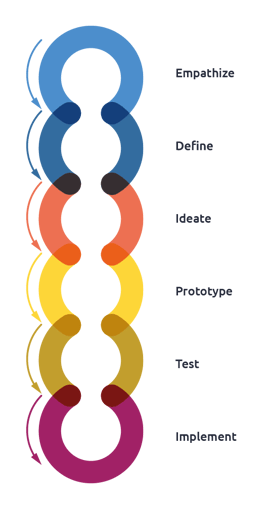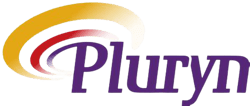Fusion Team Strategy
Fusion teams play an important part in the digital transformation of your company. We have created a guide that explains what fusion teams are and why they can be valuable for every organization looking to pursue digital innovation faster and safer.







 An example that can really help when building and launching fusion teams is design thinking. By using Design-Thinking, multidisciplinary teams can mitigate and prevent development challenges with an in-depth understanding of the user problem. The first step is brainstorming ideas. Then, they can choose the most suitable option and develop the best possible concept for all elements of the application. As a result, end-users won’t get confused when using the app.
An example that can really help when building and launching fusion teams is design thinking. By using Design-Thinking, multidisciplinary teams can mitigate and prevent development challenges with an in-depth understanding of the user problem. The first step is brainstorming ideas. Then, they can choose the most suitable option and develop the best possible concept for all elements of the application. As a result, end-users won’t get confused when using the app. One of the people who successfully launched one of these popular teams is Thomas Geelkerken. Thomas is a business analyst manager at Pluryn. Pluryn is a large healthcare business with 7400 employees and 1000 volunteers in 17 facilities across the Netherlands. He started looking into a new way of working because he was tired of digital solutions that didn’t truly benefit employees or clients. The traditional mindset of IT departments often hinders value-adding innovation and he was part of that system.
One of the people who successfully launched one of these popular teams is Thomas Geelkerken. Thomas is a business analyst manager at Pluryn. Pluryn is a large healthcare business with 7400 employees and 1000 volunteers in 17 facilities across the Netherlands. He started looking into a new way of working because he was tired of digital solutions that didn’t truly benefit employees or clients. The traditional mindset of IT departments often hinders value-adding innovation and he was part of that system. 


